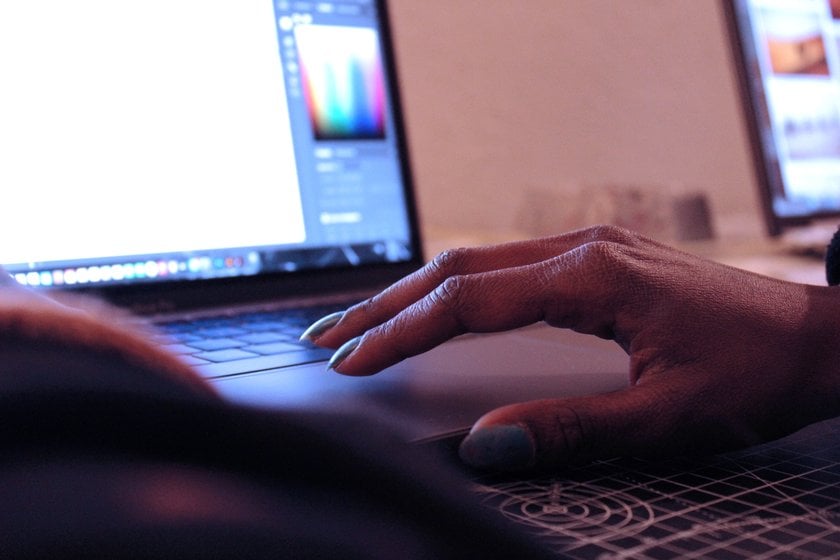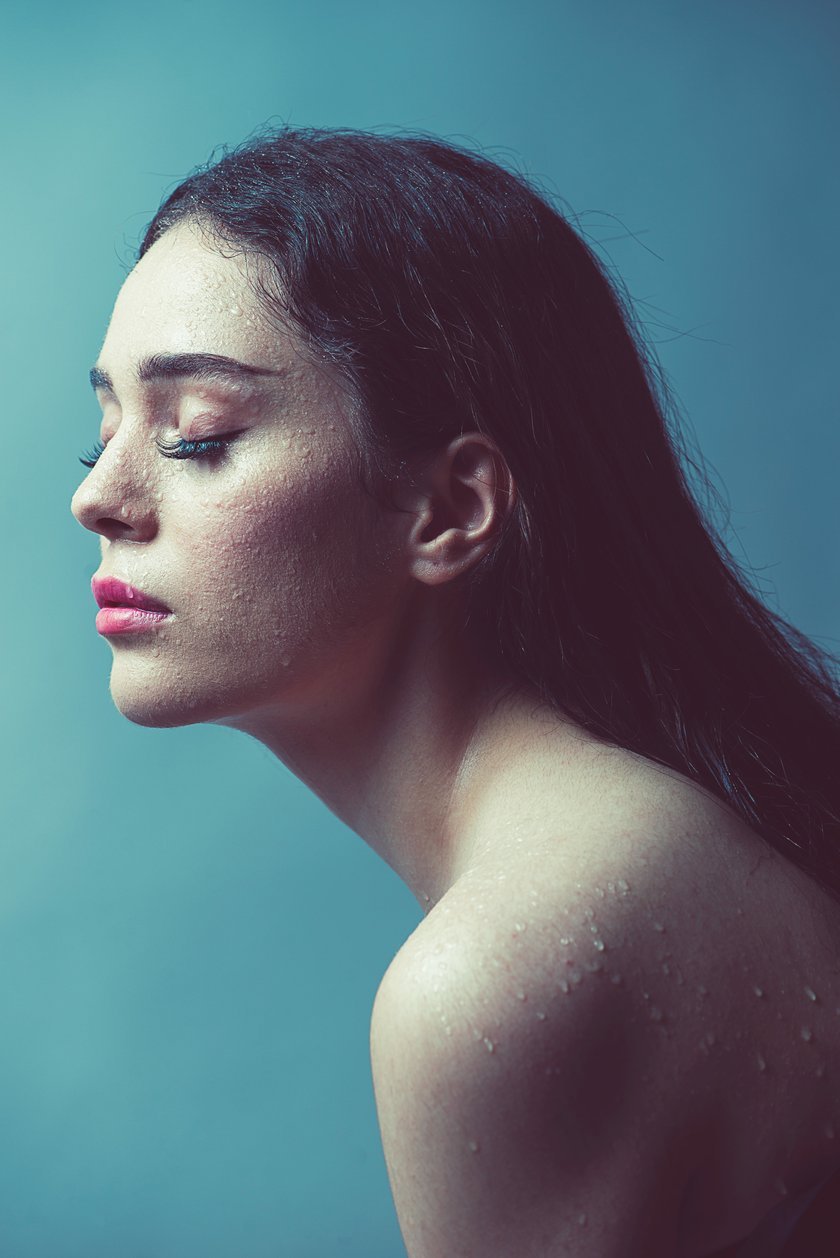October 02
10 min. to read
How to Take the Background Out of a Picture
 There are instances when we need to remove a background in an image so the photograph can be integrated with other elements in a graphic composition, such as with typography or color schemes. You may think that you need Photoshop for such a task, but I've been using Luminar Neo to remove the background in many of my images, and it works great. I'm going to walk you through the steps that I use to remove a background in this article.
There are instances when we need to remove a background in an image so the photograph can be integrated with other elements in a graphic composition, such as with typography or color schemes. You may think that you need Photoshop for such a task, but I've been using Luminar Neo to remove the background in many of my images, and it works great. I'm going to walk you through the steps that I use to remove a background in this article.
Background removal is easy in Luminar Neo. Try Luminar Neo photo editor today.
Starting with Basics: What Is a Background Remover?
Before we get into how to get the background out of a picture, let's understand the basics. So, this is a tool that allows you to remove the backdrop from an image. It is used to isolate the main subject of a photo by eliminating the surrounding or unwanted background. Such removal tools typically automatically detect the foreground object and separate it from its surroundings based on color, texture, or other visual cues.

This can be a time-consuming and difficult task to perform in a manual way, especially for images with complex backgrounds or fine details. Luminar Neo, for example, uses AI to automate the process and make it more efficient. Special algorithms analyze image pixels and distinguish between foreground and background elements, allowing the backdrop to be erased while preserving the main subject. So, this is one of the best beginner photo editing software.
Easy Background Remover: When to Use This Tool?
Once the background is removed, the resulting image can be used in a variety of ways. Such a tool is commonly applied in graphic design, product photography, e-commerce, photo editing, and other creative fields. Here are a few examples:
- By removing distracting or unwanted backgrounds, you can focus on the main subject or create artistic effects. This makes it easier to replace a backdrop, create a collage, or make other creative edits, or change background color.
- Sometimes you want to remove background online from a portrait or profile photo for use on websites, social media, or professional platforms.
- By isolating objects or figures from their original setting, you can incorporate them into digital or traditional artwork, experiment with new compositions, or use them as a reference for painting, illustration, or digital manipulation.

The purpose of a free background remover is to emphasize the main subject in a photo. By using this tool, you can focus your attention on the central object. Once the backdrop has been successfully erased, a variety of intriguing enhancements and modifications can be applied to further enhance the photo's look.
How to Take the Background Out of a Picture
So, how can I remove the background from a picture? To access Luminar Neo's Portrait Background removal feature, navigate to the Edit tab and open the Layer Properties in the Masking tab. Scroll down the submenu of options to find Portrait Background. At the bottom, you will see a single option: the Remove button.
If you don't know how to clear the background of a picture, it is important to pay attention to even the simplest backgrounds when it comes to image details. In such cases, it is recommended to thoroughly examine the backdrop for potential problems. Remove even the smallest fragments of pixels as they can affect the overall quality of the photo.
So, how to take the background out of a photo? First, access the Refinement Brush drop-down menu. Luminar Neo will promptly display three masks that are currently active on the image. For example, the blue represents the background, the checkered white indicates the Transition, and the last one shows the subject. Each of these masks corresponds to a brush of the same naming.
Remove Backgrounds with an Advanced AI Tool
Try it Now!But how to edit out the background of a photo? When it comes to portraits with simple backdrops, the Transition brush proves to be the best refinement tool. It easily handles the task of eliminating any remaining background pixels, ensuring a seamless result. Adjust the brush size, then simply draw over the desired object.
And if you're editing a photo where the model is sitting in a chair and a good chunk of the furniture is gone, use the Object brush. Just tell Luminar Neo to keep the chair by clicking on the Object brush and painting over it. To finalize the changes, go to the Layer Properties panel and click on it. As a result, the masks will disappear, leaving only the subject without a background.
How to take out the background of an image with Background Removal AI Extension? This option is ideal if you are going to work with more than just portraits. When you choose the AI-powered Background Removal Extension, Luminar Neo's in-system neural network identifies the primary subject as well as up to nine other types of elements present in your photo. You can decide which elements you want to keep, giving you control over the composition. In addition, a refinement brush is available to address any imperfections.
Photo editing is easy with Luminar Neo. Try Background Removal today!
Some Tips on How to Erase Background in Photo
The first step is to choose a reliable tool or software that meets your needs. There are several options available, ranging from online editors to dedicated photo editing applications. Make sure you choose one that offers good accuracy and easy-to-use features. By the way, you can find many Photoshop free alternatives in our blog. And even if you don't know how to get rid of the background in a picture, follow these tips to get perfect results:
- Start with high-resolution images that have clear, well-defined edges. This makes it easier to accurately distinguish the subject from the background.
- If possible, choose photos with a simple and solid background. This helps the software distinguish between the subject and backdrop elements, resulting in better extraction.
- If you choose background remover for free, make sure that this app offers selection tools such as brushes, lassos, or magic wands. These allow you to manually select the areas you want to keep or remove. Use them to refine your selection and ensure accurate backdrop removal.
- Carefully examine the image for any remaining artifacts or traces of the original base. Use an eraser or other editing tool to remove any remaining elements for a clean, professional result.

Now you'll no longer have questions about how to take the background out of a photo. Remember that this can sometimes be a trial-and-error process. Don't be discouraged if you don't get perfect results the first time. As you practice using the tools and techniques, experiment with different photos to improve your skills over time.
FAQ
Why Is the Background of a Photo So Significant?
Overall, the background of an image is not just a backdrop, but an essential element that contributes to the overall impact, storytelling, and aesthetics of the image. It helps shape the viewer's perception, focus, and emotional response to the visual content.
What Is the Point of Removing the Background of a Picture?
By removing the background from a photo, it can be seamlessly integrated into various designs or settings, with no visible borders. This flexibility makes it easy to place the main subject in different backdrops or contexts.
What Is the Best Color to Remove the Background?
You may have noticed that novice photographers often ask how to white out the background of a photo. But why? White provides optimal contrast when removing and replacing a backdrop, making the process easier and more accurate regardless of the tool used.
What Is the Point of a Transparent Background?
This feature lets you layer multiple environments or incorporate other design elements to add depth and create stunning visual effects. By layering different colors, photos, or shapes, you can enhance your layout and create stunning compositions.

 >
>

